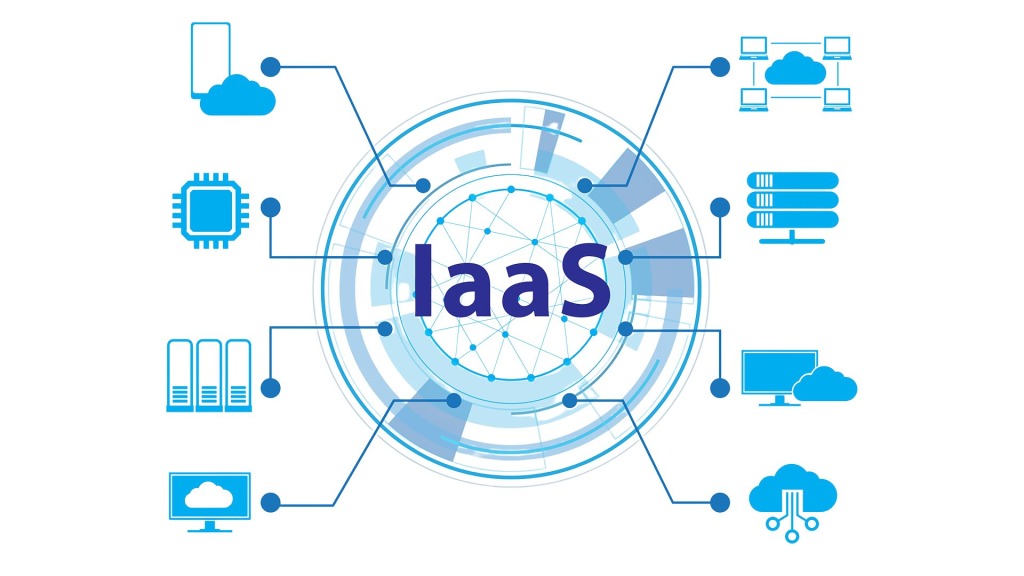
Infrastructure as a Service (IaaS) is a model that allows businesses to rent servers hosted in a provider’s data center and accessed through the cloud. These servers can be either physical machines or virtual machines, says servers.com.
The IaaS provider manages the physical IT infrastructure in data centers and offers it as a service, including hardware, computing power, storage, and network resources. Customers can pay for these services on an hourly, daily, monthly, yearly, or multi-year basis. The provider also handles ongoing maintenance and monitoring of the infrastructure.
Customers can choose a managed IaaS package, where the provider sets up the server environment and deploys and manages the applications. Alternatively, customers can opt for an unmanaged package, where they have root-level access and are responsible for managing the applications on the infrastructure.
How does Infrastructure as a Service work?
At its core, Infrastructure as a Service involves remote access to servers that are not owned but are under your control.
There are four key elements involved in hosting Infrastructure:
- Space: a data center to house the infrastructure
- Power: substantial connectivity to the national or local grid
- Internet: connectivity to multiple internet service providers (ISPs)
- Servers: the hardware involved in powering the servers
Unlike co-location hosting, where only space and power are provided, IaaS hosting includes all four elements. IaaS providers house servers in their data centers, connect to power and manage relationships with ISPs.
The responsibilities of an IaaS provider include:
- Providing computing power and space
- Updating and maintaining the data center infrastructure
- Protecting the data center against external influences
- Setting up server and network structures
- Offering a customer portal for accessing server resources and services
Benefits of Infrastructure as a Service (IaaS) –
- Reduce infrastructure costs: By sharing the costs of running a data center, businesses can save on building and managing the infrastructure themselves. IaaS providers can also offer better deals on hardware due to purchasing in bulk.
- Access to cost-effective support: Working with an IaaS provider allows businesses to share the operational overhead of monitoring the infrastructure 24/7, says IBM. Additionally, companies can always benefit from a dedicated support team.
- Quickly scale up or down: IaaS providers enable businesses to provision and deploy servers as needed quickly. With flexible contracts and the ability to scale resources, companies can avoid over or under-provisioning their Infrastructure.
- Focus on core business: With IaaS, companies can concentrate on revenue-driving activities instead of managing their Infrastructure. They can leverage the expertise of infrastructure specialists and allocate resources more efficiently.
- Enhanced security: IaaS providers have dedicated security teams that stay updated on government regulations (see Gov.uk) and industry compliance requirements. This shared expertise helps ensure infrastructure compliance with local laws and provides a higher level of security.
In summary, Infrastructure as a Service allows businesses to rent servers and leverage a provider’s data center while benefiting from cost savings, scalability, expert support, and improved security.
Choosing the right IaaS provider can be a daunting task with so many options available. To help you make the best decision for your business, here are some key factors to consider:
- Find the perfect level of flexibility: Determine the level of flexibility your business needs for its infrastructure requirements. A long-term contract can save you money if you have predictable and stable needs. However, if your technology is constantly evolving and your company is growing, month-to-month flexible contracts may be better.
- Look for top-notch support: Technology can sometimes fail, so it’s crucial to have reliable support. Avoid providers with slow response times and look for ones offering round-the-clock assistance and the opportunity to speak directly to someone. A dedicated account team can provide invaluable guidance and ongoing support tailored to your business needs.
- Conduct thorough proof of concepts: Don’t just focus on technical aspects when considering a provider. Also, evaluate what it’s like to do business with them. Define your specific metrics for success, assess the invoice process, and examine the communication and support experience. Test their response times, customer portal, and the ability to escalate issues if needed.
- Examine the components: Not all components are created equal, so it’s essential to understand what each provider offers. For example, consider the performance differences between cheap and expensive SSDs. Additionally, look beyond server port speeds and evaluate the connection capacity between switches, which can affect overall throughput.
By considering these factors and doing your due diligence, you can select the right Infrastructure as a service provider that meets your business needs.
Last Updated: October 23, 2023




















